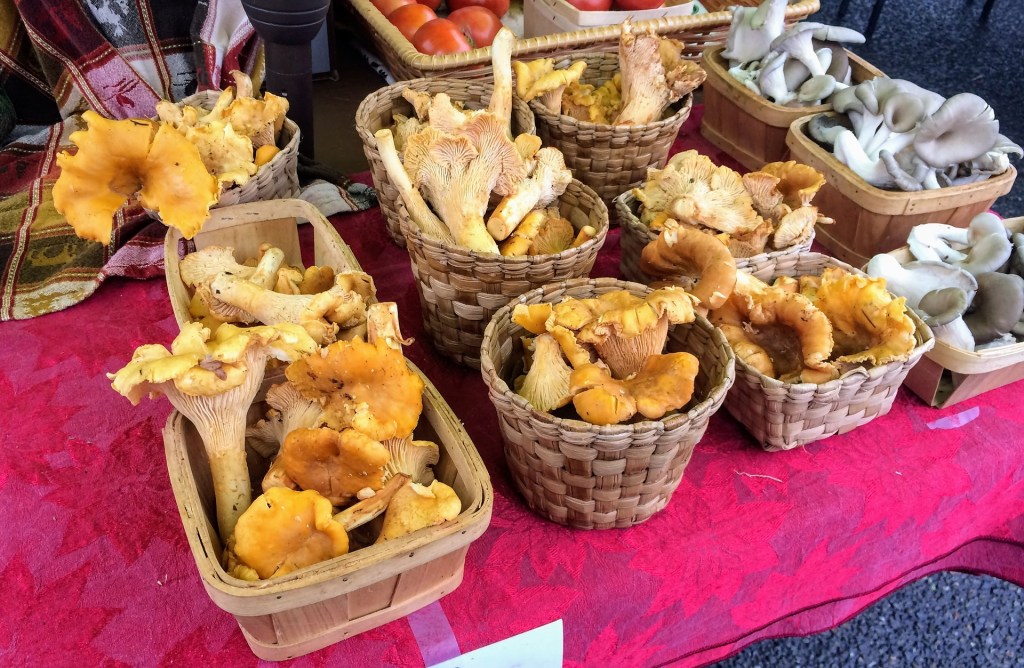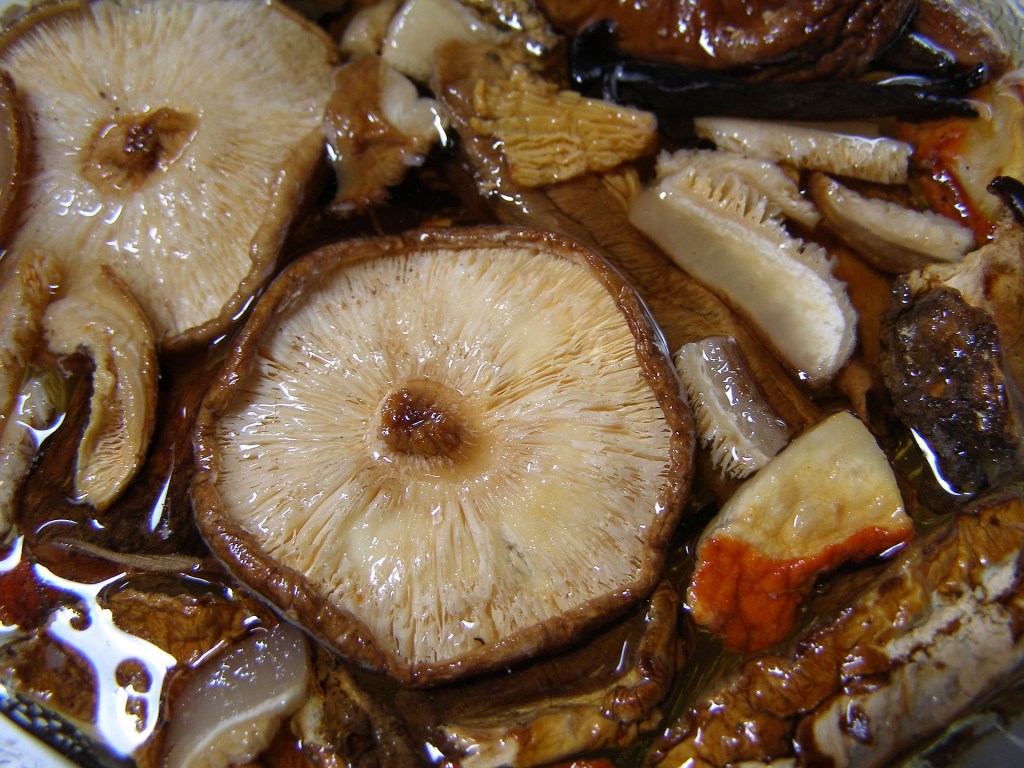There's been a lot of talk the last couple of years about the healing powers of broth. Broth is low calorie and easy on the stomach, and it can be used to make many recipes better by adding flavor. Bone broth gets a lot of attention for being a healthy powerhouse, but it's not the only broth game in town. Mushroom broth is gaining in popularity because it's nutritious and it tastes great, plus it offers some things that bone broth can't.
Bone broth is popular on the health and wellness scene because it's rich in nutrients like iron, selenium, and Vitamins A and K, plus it contains collagen. It's a high-protein, low-calorie food, and proponents point to a whole list of potential benefits.
Mushroom broth checks a lot of boxes of the same boxes, and then adds a few. It's full of nutrients. It's vegan and gluten-free. It doesn't require the same amount of cook time as bone broth, and it's easy to make. Plus, it has a depth of flavor that plain vegetable broth doesn't necessarily have.
Why Mushroom Broth is a Nutritional Powerhouse
Mushrooms have long been a vegetarian substitute for meat because of their hearty taste and texture. Mushroom broth isn't just for vegetarians, though. More and more research is showing that mushrooms are not only nutrient-rich, but they also have multiple health and wellness properties.
Asian cultures have long used mushrooms as a medicinal food, and the Western world is starting to catch up. Mushrooms do contain a high amount of fiber and protein (by weight) and are rich in vitamins B and D as well as minerals like potassium, selenium, and magnesium. But they also contain adaptogens or plant compounds that are supposed to help people adapt to physical and mental stress. For example, athletes use adaptogens, either in food or in a supplement, to help them recover.
Mushrooms can boost your immune system and improve your digestive system. They are rich in antioxidants, and also in lectins, a class of proteins that some studies have shown help our bodies fight cancer by directing our immune system to fight cancer cells.
Mushroom broth takes all these benefits and packs them into an easy-to-digest form. Like bone broth, it's low calorie and filling, which means if you're trying to lose weight, mushroom broth could help you fill full and get your nutrition without eating a large meal.
One other advantage of mushrooms is that they are a sustainable food. They grow quickly, don't need a lot of space or light (meaning you don't need giant fields to grow them), and they can grow in a warmer, wetter climate. You can grow mushrooms at home without needing a lot of equipment or know-how, too.
How to Make Mushroom Broth
There are ready-made mushroom broths at the grocery store, but it's an easy food to make at home (especially if you're growing your own!).
You can make mushroom broth from scratch using whole mushrooms. For maximum health benefits, choose reishi, porcini, oyster, lion's mane, and shiitake mushrooms. You can also use regular mushrooms like cremini, portobello, and button; they may not all have the same healing properties, but they have the same nutritional properties.
One thing to note is that making broth from whole mushrooms gets expensive, especially when you're using specialty mushrooms. A better way is to use mushroom scraps. Mushroom stems and leftover bits are perfect for making mushroom broth. They have all the nutrients, and you're saving money by using every bit of the food you buy or grow.
All you need to do to make a basic mushroom broth is an equal amount of mushrooms and water. Add whatever aromatics you prefer (carrots, celery, onion, etc.) along with herbs such as bay leaf or a sprig of fresh thyme. You can make the broth in a large stockpot on the stove using low heat or in your slow cooker. Cook for three hours, then use a strainer to separate the liquid and solids.
You can drink the mushroom broth on its own, served hot or cold. Or you can use it in dishes like risotto and soup, or any other recipe that calls for meat or vegetable stock.






